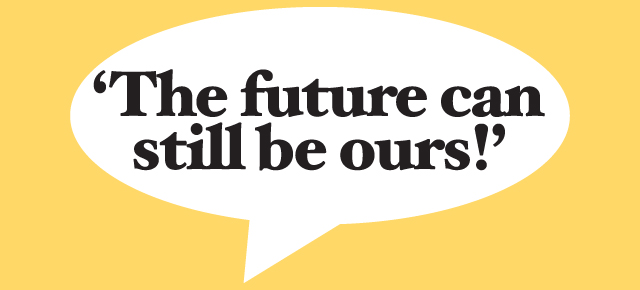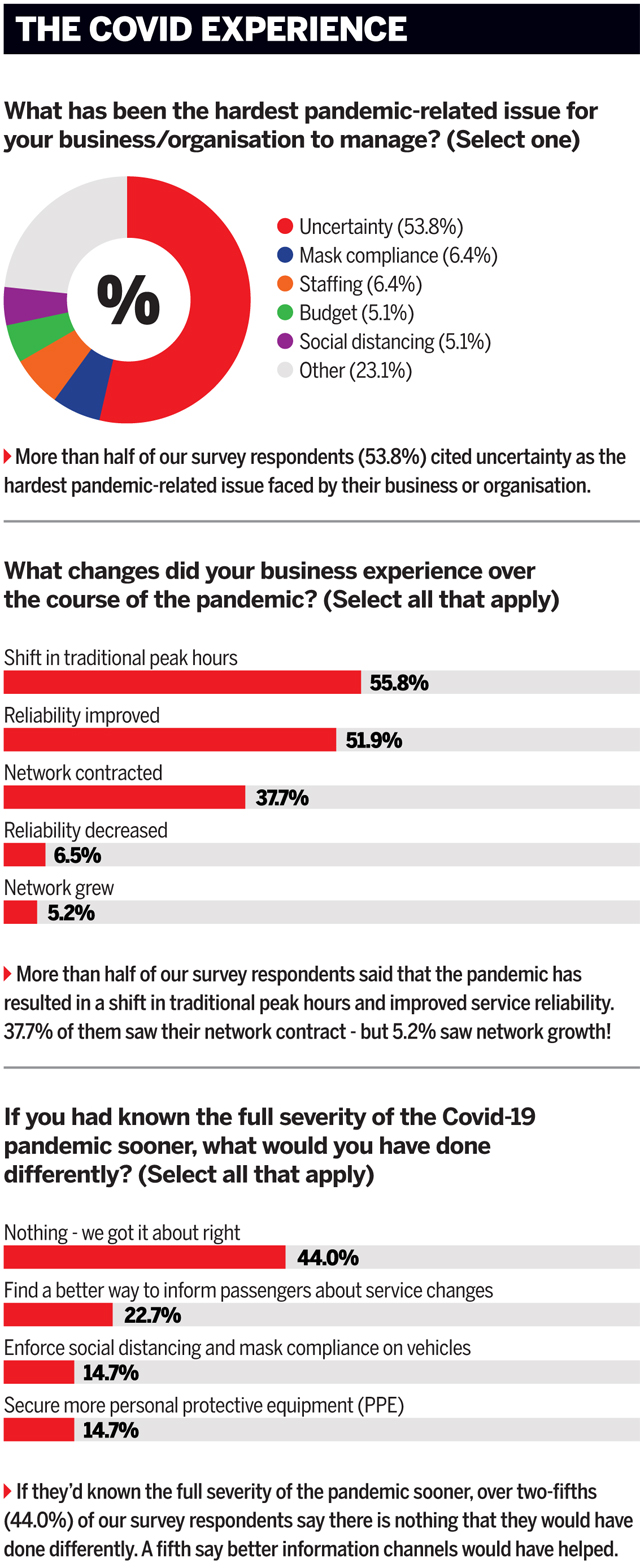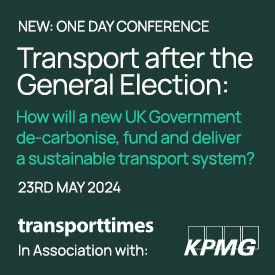Our poll of passenger transport professionals serves as a large focus group, revealing how the sector feels about the Covid experience and the future
Public transport is not the only sector of the economy to have been battered by Covid. In fact, some might argue that it has been relatively sheltered; permitted to remain open, propped up with billions of pounds of emergency government funding and gaining increased recognition for the vital role it plays.
But before we thank our lucky stars we should remember that the ‘avoid public transport’ message has uniquely stigamatised public transport and it we don’t yet know the full extent of the damage it will cause. Meanwhile, patronage is a fraction of pre-pandemic levels and if the government decides to suddenly withdraw its rolling subsidy programme the consequences will be devastating. Meanwhile, social distancing, for as long as it remains in place, is Kryptonite to public transport.
You could therefore forgive public transport professionals for feeling apprehensive about the future. The Passenger Transport team felt that it was a good time to find out what the mood is within the sector, almost 12 months after the Covid crisis changed our world. So we teamed up with data specialists CitySwift to undertake this survey of 78 key passenger transport professionals – The State of UK Public Transport.
The findings reveal a remarkably upbeat picture. To begin with, the respondents are satisfied with how their sector has responded to the Covid crisis, giving it an average rating 7.7 out of 10. But they are not so generous about how governments have responded to the crisis, in relation to their approach to public transport. The 5.2 they give to their rulers is a sign that they felt vilified by the ‘avoid public transport’ message.
When asked about the legacies of the Covid crisis, those that were most commonly cited were increased use of private transport (partly resulting from the ‘avoid public transport’ message) and the erosion of key markets, such as commuters and high street shoppers. But multiple positive legacies were identified, including enhanced cleaning regimes and the accelerated use of data and technology. Others are excited by the opportunities that could result from a sustained flattening of the peak.
There are significant perils in the year ahead, with the greatest number of respondents pointing to the sharp reduction in base level demand. Funding is also a concern along with fear among previous users (back to that ‘avoid public transport message’ again).
Public transport networks are likely to remain dependent on emergency government funding for some time yet, so it’s not surprising that more than four-fifths (82%) of those who responded to our survey think it’s ‘likely’ or ‘very likely’ that central and/or local government will play a greater role in specifying and paying for public transport. He who pays the piper calls the tune.
Given the many obstacles that the sector faces, there is considerable optimism about the medium term prospects for public transport
Given the many obstacles that the sector faces, there is considerable optimism about the medium term prospects for public transport. Those who believe that public transport will be carrying fewer passenger than it did pre-pandemic by the end of the current decade are firmly in the minority (35.1%). A further 18.2% think that patronage will be about the same at the end of this decade as it was at the start. But 46.8% think it will be ‘higher’ or ‘significantly higher’.
This is quite startling when you consider the widespread doubts over commuting, a key market for bus and rail services. Where are all these new passengers going to come from?
The answer is the private car. Could the 2020s be a decade of modal shift? Transport secretary Grant Shapps has said last year that public transport and active travel “will be the natural first choice for our daily activities” as the UK decarbonises its transport system. The Scottish Government has gone further, setting a target to reduce the number of kilometres travelled by car by 20% by 2030.
Almost two-thirds (66.2%) of our survey respondents believe we are ‘likely’ or ‘very likely’ to see policies that constrain car use and promote public transport over the coming decade. Only 18.2% believe the opposite. When asked what policies they would expect to see that would aid this transition, the most common answers were bus priority measures, low emission zones, local congestion charging schemes and road user charging. Could these be game-changers for public transport over the coming decade?
Data and technology
Conducted in association with data specialists CitySwift, our survey – The State of UK Public Transport – featured six questions on the subject of data and technology. More than two-thirds (69.2%) of our respondents cited the accelerated use of data and technology as a positive legacy of the Covid experience. The findings from this section of the survey will be published in the next edition of Passenger Transport.
The State of UK Public Transport – Key findings of our survey
This article appears inside the latest issue of Passenger Transport.
DON’T MISS OUT – GET YOUR COPY! – click here to subscribe!












